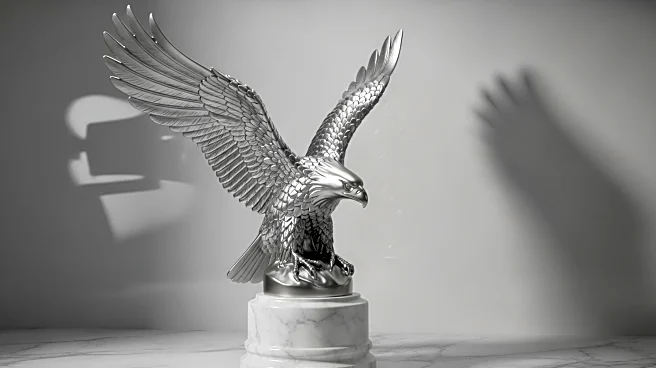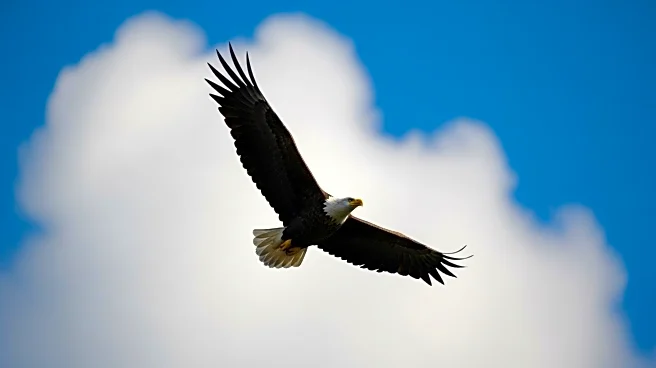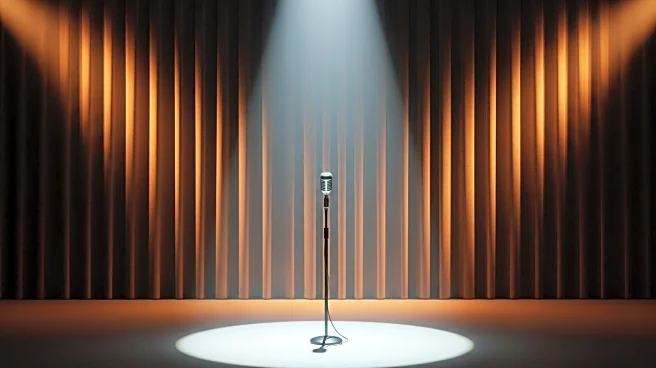What's Happening?
Recent developments in media and advertising have seen a resurgence of the 'male gaze,' a concept where women are portrayed primarily to satisfy heterosexual male viewers. This trend has been observed in various campaigns, including American Eagle's controversial ad featuring Sydney Sweeney, which suggests that wearing their jeans would make women more attractive to men. Additionally, e.l.f. Beauty's campaign led by a comedian known for domestic violence jokes has sparked debate. The male gaze, a term coined by film critic Laura Mulvey in 1975, describes the portrayal of women as objects rather than active participants in media. This perspective has historically influenced film, television, and advertising, often reducing women's roles to those related to male characters, such as wives or daughters.
Why It's Important?
The resurgence of the male gaze in media has significant implications for societal norms and gender roles. It reinforces traditional stereotypes, potentially limiting women's roles and opportunities in society. This trend can affect public perception, influencing how women are viewed and treated in various sectors, including the workplace and social settings. The male gaze can also impact consumer behavior, as advertisements often suggest that women need to conform to certain beauty standards to be accepted or successful. This can lead to unrealistic expectations and pressures on women, affecting their mental health and self-esteem. Moreover, the dominance of the male gaze in media can hinder progress towards gender equality by perpetuating outdated norms.
What's Next?
As the male gaze continues to influence media, there may be increased pushback from advocacy groups and consumers demanding more diverse and realistic portrayals of women. Companies might face pressure to change their advertising strategies to align with evolving societal values. Additionally, there could be a rise in media literacy initiatives aimed at educating the public about the impact of the male gaze and promoting content that offers alternative perspectives. The entertainment industry may see more creators and directors focusing on the 'female gaze,' which emphasizes women's experiences and stories without objectification.
Beyond the Headlines
The resurgence of the male gaze raises ethical questions about the responsibility of media creators and advertisers in shaping societal norms. It highlights the need for a broader conversation about representation and diversity in media. The male gaze not only affects women but also limits men's understanding of women as complex individuals, potentially impacting interpersonal relationships and contributing to issues like male loneliness. As society becomes more aware of these dynamics, there may be a cultural shift towards more inclusive and empowering narratives.










